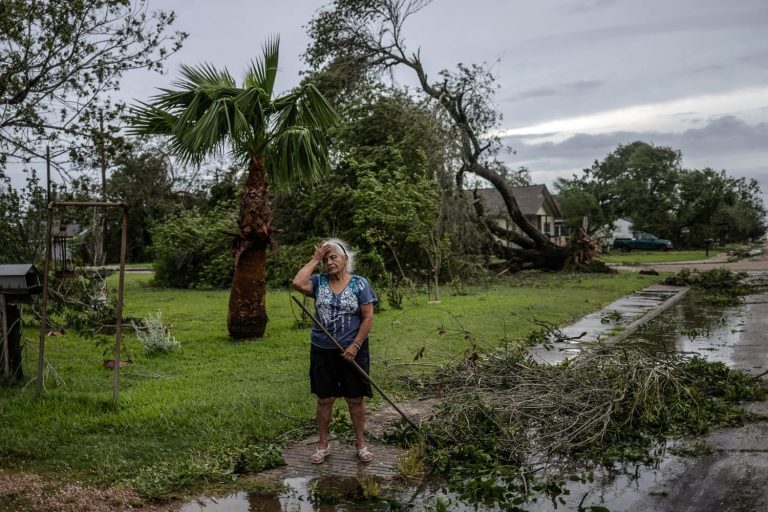Hurricane Beryl made landfall in Texas on Monday, kicking the Atlantic hurricane season into high gear and forecasters say it could be just the beginning.
Colorado State University, the renowned Hurricane and Tropical Weather Forecast Center, on Tuesday upgraded its seasonal forecast, saying Beryl “may be a harbinger of an overactive season.”
Forecasters currently expect 12 hurricanes this season, six of which are expected to become Category 3, 4 or 5 hurricanes, meaning wind speeds of at least 111 mph. Overall, researchers expect 25 named storms. That's two more named storms than expected and one more major hurricane than expected in the center's April forecast.
Researchers estimate that there is currently a 57% chance that the U.S. coastline will be hit by a major hurricane.
Near-record sea surface temperatures on both sides of the Atlantic and the high likelihood of a La Niña weather pattern are increasing the risk of dangerous storms, researchers said in their forecast. Warmer oceans provide additional heat for hurricanes and allow them to rapidly intensify. La Niña is a natural pattern of ocean circulation associated with hurricane formation.
“Everything we normally see in August and September, we saw earlier this year,” said Philip Klotzbach, a Colorado meteorologist and Atlantic hurricane forecaster. “Beryl is simply It’s the beast of the storm.”
He said it was unusual for the Eastern Caribbean to see a strong hurricane so early in the season.
“It's very unusual to have a storm forming there this time of year,” Klotzbach said, noting that previous notable hurricane years – including 1933 and 2005 – had similar characteristics.
Hurricane Beryl has gone down in history as the first Category 4 storm to form in the Atlantic in June. It quickly intensified and became a Category 5 storm, the first hurricane of this intensity in the Atlantic this season.
“It's really impressive to see such sustained strength and intensity so early in the season,” Klotzbach said. Beryl hits Texas as Category 1 hurricane, knocking out power to more than 2.25 million customers , and killed at least 7 people.
Hurricane season begins on June 1st and ends on November 30th.
The active season comes as no surprise. In May, nearly every public, private, and government hurricane forecast service predicted a banner year for hurricanes, perhaps even a record-breaking one.
